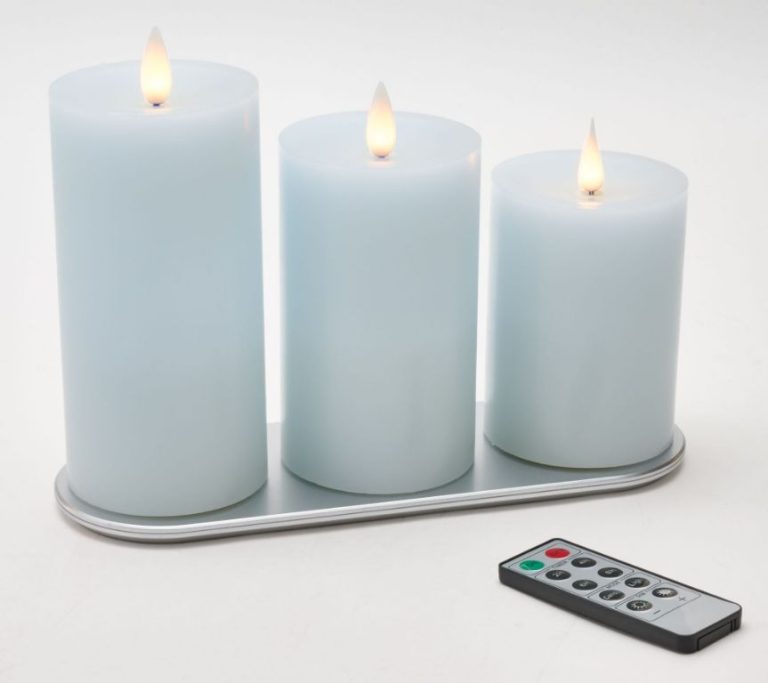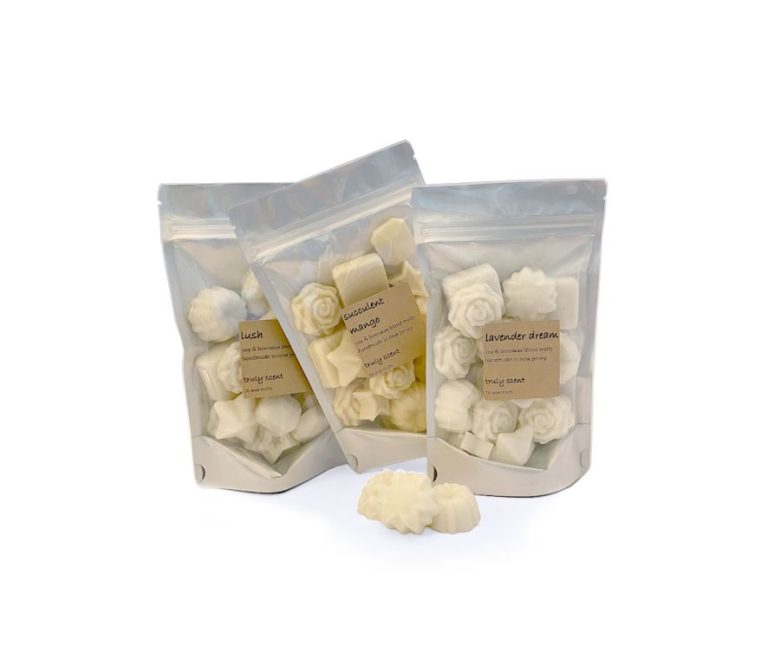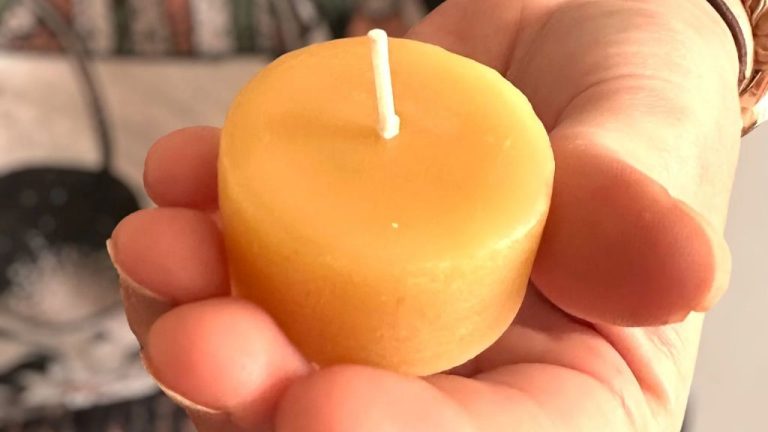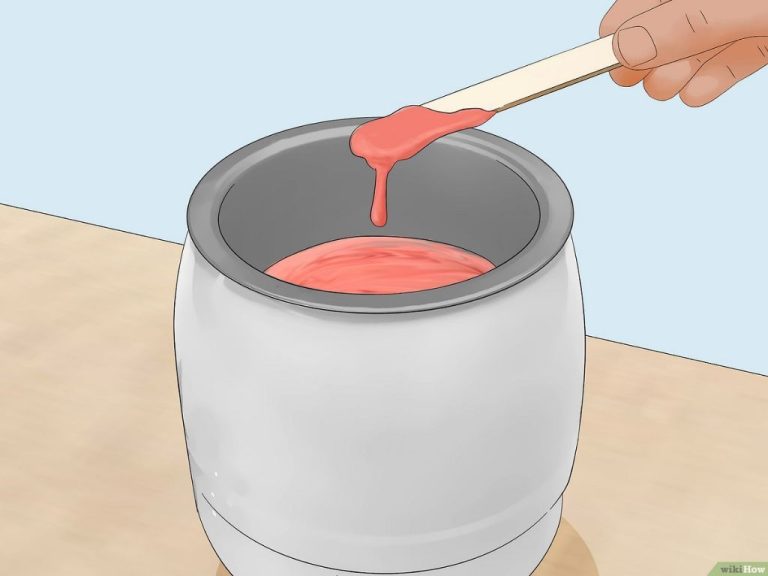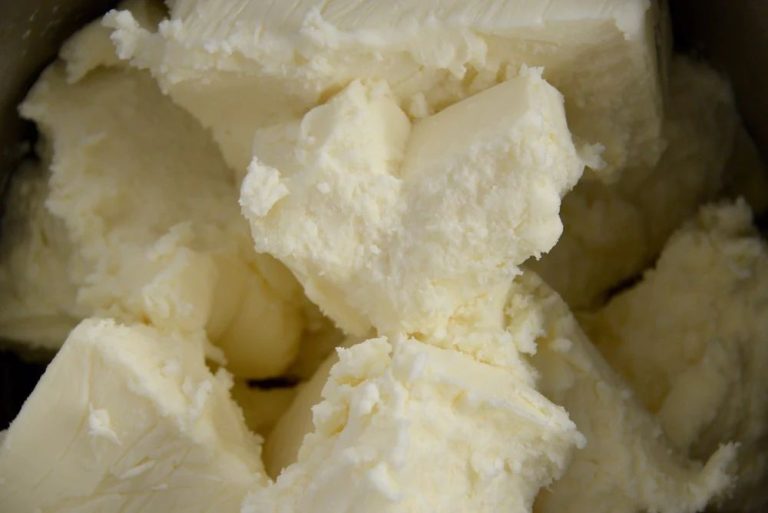What Is A Liquid Wax Candle?
What Are Liquid Wax Candles?
Liquid wax candles, also known as oil candles or fuel cells, are a type of candle designed to burn paraffin lamp oil or liquid paraffin wax. Unlike regular candles, which are made of solid wax, liquid wax candles consist of a plastic or metal container filled with liquid paraffin fuel. A cotton wick extends down into the liquid fuel reservoir and draws the fuel up to the wick where it is burned.
The key advantage of liquid wax candles over regular candles is their exceptionally long burn times. A single liquid wax candle can provide up to 150 hours of burn time, while most standard candles may only burn for 5-10 hours. Liquid wax candles also do not form drips, smoke, or soot as they burn. Their design prevents messy wax pooling and reduces fire hazards compared to burning regular candles for prolonged periods (Webstaurant Store).
However, liquid wax candles do have some downsides. They require filling and maintenance to keep the fuel reservoir topped up. The plastic or metal containers may not provide the same ambiance or decorative options as ornate pillar or votive candles. There are also safety concerns around having open containers of flammable lamp oil in a home or event setting if not monitored properly.
History of Liquid Wax Candles
Candles have been used for lighting and religious purposes for thousands of years. The earliest known use of candles originated in China around 200 BCE, where candles were made from whale fat. Later, candles made from beeswax became popular in Ancient Rome around 500 BCE [1]. However, modern liquid wax candles weren’t invented until the mid-1800s.
In 1834, Joseph Morgan introduced a revolutionary candle making machine that allowed continuous production of molded candles using liquid paraffin wax. Paraffin wax was made affordable thanks to petroleum refinement technologies, and this allowed candle making to transition to the mass production of inexpensive molded candles [2]. Liquid paraffin wax remains the primary wax used in candle making today.
With the introduction of these new liquid wax candle production methods, candles transitioned from expensive luxury goods made by hand to inexpensive mass-produced consumer goods within a few decades. By the early 1900s, demand for candles declined as electric lighting became widespread, but candles remained popular for decorative uses.
How Liquid Wax Candles Are Made
Liquid wax candles are made from just a few key ingredients:
- Paraffin wax – This is the main ingredient that makes up the body of the candle. Paraffin wax is derived from petroleum and is a byproduct of oil refining. It has a low melting point which allows it to liquefy when heated and solidify into a smooth candle surface when cooled (https://www.clearcraft-catering.co.uk/about-oil-candles/faq-s/113-what-are-liquid-wax-cells-made-of.html).
- Wick – The wick is made of braided cotton that has been coated with wax and other proprietary substances. This allows the wick to burn slowly and evenly.
- Fragrance oil – This provides the scent for scented varieties of liquid wax candles. Fragrance oils are mixtures of aromatic chemicals.
- Dye – This provides color for colored liquid wax candles. Liquid candle dyes are dissolved in oil.
The manufacturing process involves several key steps:
- Melt the paraffin wax in large vats, heating it to around 150-200°F to liquefy it.
- Add fragrance oil and dye as desired and stir thoroughly to incorporate.
- Dip or pour the liquid wax into the candle jars or containers.
- Place the wick into the center of the liquid wax in the jar/container.
- Allow the candles to cool and solidify before moving them. This may take up to 24 hours for large candles.
- Inspect finished candles for quality control.
Proper temperatures and cooling times are essential to achieve the desired smooth finish and clean burn for liquid wax candles.
Types of Liquid Wax Candles
There are several main types of liquid wax candles, some of the most common being:
Container Candles
Container candles are liquid wax candles poured into glass jars or metal tins. According to Martha Stewart, container candles make up the bulk of commercially made candles. The jars add stability and allow container candles to hold more wax and burn longer than pillar candles1. Popular container candle styles include mason jars and votives.
Pillar Candles
Pillar candles are made by pouring wax into a mold to create a freestanding column candle. Pillar candles are available in varying widths and heights. According to Fraendi, narrower pillar candles burn more quickly, while wider pillars burn slower because more wax melts per pass of the flame2. Pillar candles are a classic candle style that can stand alone or be combined into creative candle displays.
Votives
Votive candles are small container candles designed to fit into glass votive holders. According to Martha Stewart, votives typically have a burn time of 8-20 hours. Their small size provides versatile uses from table decorations to memorials and religious ceremonies.
Tarts
Tarts, also called melt cups or wax melts, are small amounts of wax poured into shaped molds. Tarts are heated in warmers or tart burners to release fragrance instead of being lit with a wick. According to Fraendi, the lack of a flame makes tarts a safer option but provides a shorter scent duration than burning candles.
Fragrance Options

Liquid wax candles contain fragrance oils that provide aroma when burning. Popular fragrance options include:
- Essential oils – Extracted from plants, essential oils provide natural fragrance.
- Fragrance oils – Synthetic fragrance oils allow for consistent, longer-lasting scents.
- Usage rates – Fragrance oils are typically added at 5-10% by weight to liquid wax.
- Top scents – Popular fragrances include floral, fruity, herbal, and spicy aromas like lavender, lemon, eucalyptus, and cinnamon.
Quality fragrance oils ensure even distribution throughout the wax and consistent, stable aroma when burning (Lone Star Candle Supply). Testing different fragrance types and levels is important when formulating liquid wax candles.
Wick Options
The wick is a crucial component of liquid wax candles. Proper wicking helps ensure an even, consistent flame and complete wax pooling. There are a few common materials used for wicks in liquid wax candles:
– Cotton: The most traditional wick material, cotton offers a bright flame, crisp odorless burn, and good flexibility. However, it can be prone to mushrooming without proper maintenance [1].
– Wooden: Wooden wicks produce a crackling, dancing flame and pleasant scent while burning. They tend to hold less wax and there are more limited sizes available [2].
– Fiberglass or paper-cored cotton: These wicks combine cotton with fiberglass or paper for more rigidity and improved capillary action. This helps prevent clogging or mushrooming of the wick. They produce minimal soot as well [3].
Choosing the proper wick thickness is also important. A wick that is too small will produce insufficient wax pooling, tunneling, and an uneven burn. A wick that is too large can result in excessive smoke, a wide flame, wasted wax, and overheating of the wax pool.
Candle Jars and Containers
Liquid wax candles require a container or jar to hold the melted wax. There are several common materials used for liquid wax candle containers:
Glass – Glass containers are the most popular option. They allow the candle light to shine through and come in a variety of styles. Glass also retains heat well which helps the candle burn evenly. Popular glass container styles include mason jars, vases, and decorative glass jars.
Metal – Metal tins and containers are another option, often seen in geometric and decorative tins. Tin helps disperse fragrance. Metal conducts heat more than glass which can cause uneven burning.
Ceramic – High-fired ceramic containers are sometimes used, but may crack from the heat of liquid wax. These add decorative flair like shapes or patterns.
The shape of the container impacts the candle’s burn and melt pool. Tall slender containers encourage the flame to burn straight upwards and the wax to melt in a deeper, narrower pool. Short wide containers allow the flame to burn outward and create a wider shallower melt pool.
Decorative glass jars and vases are commonly used for home décor, while reusable glass jars and tins are popular for businesses. Metal tins in shapes like squares or diamonds can allow closer packing for retail. For memorials and religious ceremonies, containers like glass votives are preferred.
Burn Time and Performance
The burn time of liquid wax candles can vary dramatically depending on several key factors. Testing procedures help manufacturers determine accurate burn times. Compared to regular poured candles, liquid wax candles tend to burn longer.
Factors affecting burn time include the size and shape of the candle, the wax formulation, wick type, wick length, and environmental conditions. Smaller candles or those with a larger surface area exposed to air will burn faster. Harder wax blends burn slower than softer waxes. Larger wicks and longer wicks burn faster. Drafts and higher temperatures also increase burn rate.
To test burn time, manufacturers follow standards set by ASTM International and the National Candle Association. Candles are burned in a controlled environment until they self-extinguish. The total time elapsed is noted as the burn time. Tests are repeated on multiple samples for consistency.
Compared to standard poured wax candles, liquid wax candles often burn 15-20% longer. This is because the liquid wax fully adheres to the container walls, leaving less dead space than a freestanding poured candle. The liquid wax also helps ensure an even wax pool for consistent burning.[1]
Safety Considerations
When burning liquid wax candles, it’s important to follow proper safety precautions. According to Clear Craft Catering, liquid wax has a very high flashpoint and won’t flare up or ignite without the preset wick, making it generally safe to burn [1]. However, basic candle safety should still be practiced.
Warning labels on liquid wax candles caution against burning the candle for more than 4 hours at a time, or leaving the candle unattended. The label notes that the candle is flammable and should be kept away from drapes, carpets, furniture, and other flammable items. It’s safest to place the candle on a stable, heat-resistant surface. The label also warns to keep the candle out of reach of children and pets.
As with any open flame, liquid wax candles pose a fire hazard if not used properly. It’s important to keep the candle away from flammable materials, not leave it burning unattended, and extinguish the flame before the candle burns down completely. With reasonable care and caution, liquid wax candles can be safely enjoyed.
Popular Brands
Some of the most popular and reputable liquid wax candle brands include:
Yankee Candle – An iconic American brand known for their wide variety of scented jar candles, fragrances, and home decor items. They utilize paraffin wax and offer fragrances like Clean Cotton, Pineapple Cilantro, and many more.
Diptyque – A high-end French fragrance and candle brand carried by luxury retailers globally. Their liquid wax candles feature complex and refined scents often inspired by exotic locations like Baies (Bulgarian Rose) and Ambre (Sandalwood).
Voluspa – A popular artisanal brand that uses coconut wax and 100% cotton wicks. Their fragrance blends have names like Baltic Amber, Panjore Lychee, and Goji Tarocco Orange. They source unique fragrance ingredients from around the world.
There are also many talented artisanal liquid wax candle makers on sites like Etsy who handcraft candles using soy, coconut, apricot, and other waxes. These home-based businesses allow customers to get one-of-a-kind, creatively scented candles not found in major retail stores.

